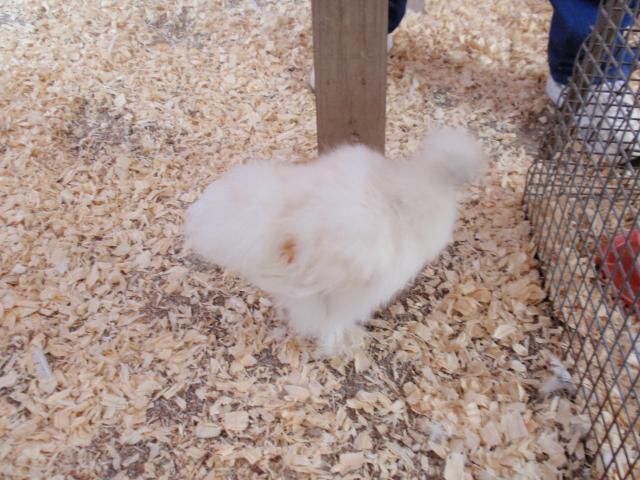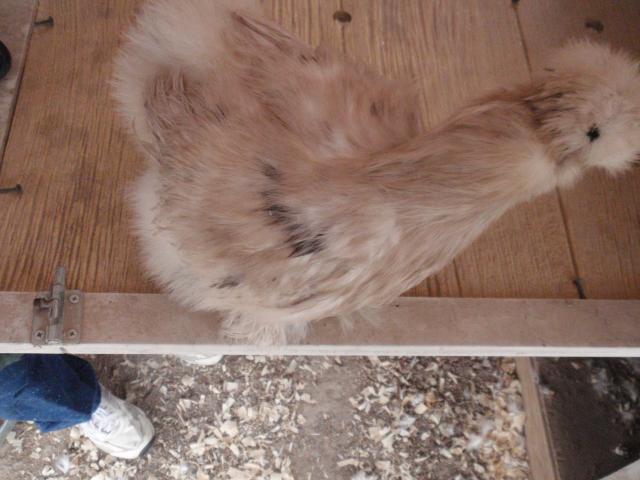Quote:
I really don't think that anyone here views themself as any kind of "resident expert", especially when we are talking about a color of which we don't know the genetics! The entire purpose of this thread is to discuss the breeding results. Your bird is very interesting, Jerry. I wouldn't have thought that you would get a paint from a breeding to a recessive white silkie......where did the white come from? Could it have come from a line carrying dominant white? There have been white silkies carrying dominant white genes before, but nobody did the test breedings to determine if it was dom or rec, at least as far as I know. But I saw pictures of Red Pyle Silkies about 5 or 6 years ago that could not have come about using recessive white lines. I don't presume to be any kind of a genetics guru, just another silkie breeder trying to figure this Paint thing out.
What is a silver back cock? Have any pictures? It is nice to have someone else posting who has been breeding Paint silkies, either Euro or American for a while....it can only help us all in this endeavor!
Deb in N TX
Best guess is that the white was recessive white, which does not work with only one copy. Paint came from the paint parent, and as a dominant gene "shows." Why does it not also show red? Maybe the white carried silver, so there was no red to show? Maybe it also carried dominant white? Maybe the white was an E-gene black underneath the recessive white? Maybe ...?
Jerry, how many chicks did you hatch from that pairing, and were they all paints? if not, what other colours and percentages? Have you paired that (or other paints) to other whites to see those results? The more data collected, the more one can find answers as to what makes paint.
The white silkie hen came from someone in Washington state, a swap for serama. Sigrid recommended I introduce American silkie blood in my paints to help with fertility problems. I hatched 3 of 6 eggs, only one was paint (pictured above), the other two were white. Unfortunately the white hen died, so I can't repeat that experiment. I currently have a black American male mated to several Dutch paint hens, first eggs due to hatch on the 30th.








